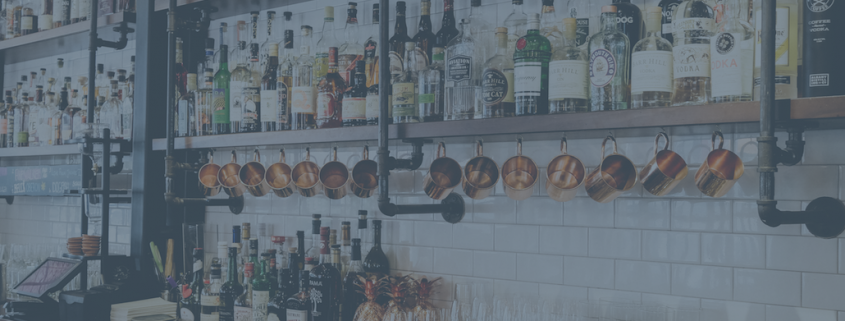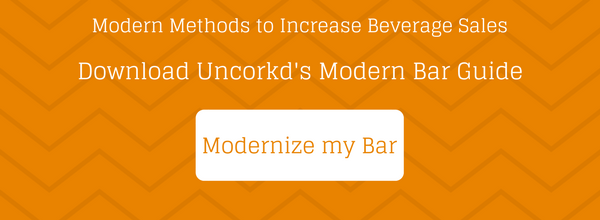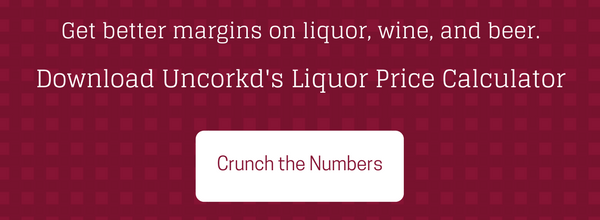How Restaurants Can Ignore Sales and Increase Profits
You see it all the time. Restaurant flyers crammed in mailboxes. Facebook and instagram posts promoting daily specials. Restaurants are constantly chasing down customers, spinning their wheels on ways to bring in more guests to drive up sales.
But what happens if all that effort spent on attracting new customers doesn’t work? You can double your losses by spending marketing dollars that don’t bear fruit. But restaurants looking to grow their bottom line don’t need to chase customers in order to drive up profits. Looking internally to cut restaurant operational costs and reduce dollars tied up in inventory can help save restaurants.
Reducing Labor Costs at Restaurants
Finding ways to reduce labor costs at restaurants can help grow profits by making each sale more valueable. How can you go about cutting labor costs? Well, it’s important to look at how you qualify and identify your costs. Here’s a few ways to do that.
Consider Your Prime Cost
Your prime cost is the total cost of goods + labor costs. Check your invoices to find out your cost of goods, and vet your payroll to identify labor costs. You need to know your labor costs before you can reduce them.
What is a Good Prime Cost?
Most sources will tell you that restaurants should aim for 60% prime cost. That is, the cost of doing business equals 60% of your revenue. But it doesn’t have to be an equal 30/30 split.
Ways to Lower Labor Costs
First, you should segment the different employee costs in your restaurant. An easy way to do this is to split costs into these simple segments:
Front-of-House: Servers, Bartenders, Hosts, Support Staff
Back-of-House: Chefs, Line Cooks, Prep Cooks, Dishwashers
Managers: General Managers, Assistant Managers, Sommeliers
Miscellaneous: Cleaning Crews, etc.
By segmenting these costs, you can identify which areas of labor contribute the most to your total cost of labor. Make note of areas where you can reduce labor.
Some Ideas to Reduce Restaurant Costs
Overtime: Reducing overtime pay is a great way to limit your labor costs. Identify which employees tend to go into overtime often. Then look to see how duties can be delegated differently, or schedules can be reworked in order to reduce the potential for overtime.
Slow Times: Look at your covers and sales data during different points of the day. What times are your slow times? Can you make due with a smaller staff and still cover the necessary work?
High Value Employees: Reward employees that provide the most value per dollar spent on their labor. If you’re considering back-of-house employees, then ask questions like which employee is most efficient in prep? When can line cooks be pulled from the line to take on some prep duties because business is slow?
Or, if you’re considering front-of-house staff, then which servers can handle large sections? Or which bartenders are skilled enough to operate without a barback?
Another important question: which employees average the highest sales? If you have a rockstar server who can sell bottles of wine at lunch, then give them more important time on the floor to increase revenue and sales to get better margins on labor/sales.
Focus on Profitable Items
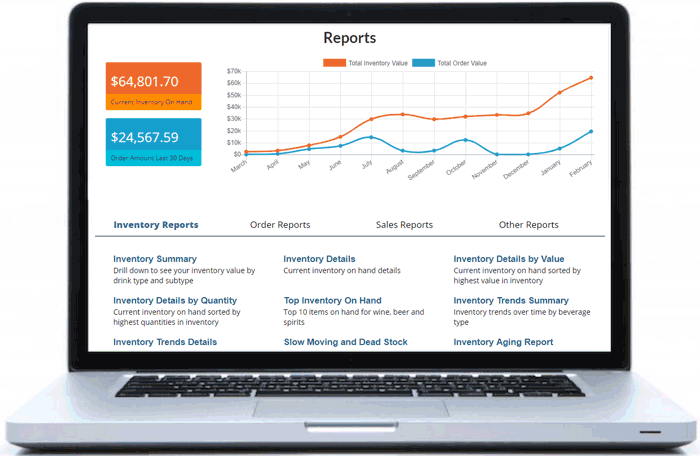
It’s important to identify which items generate the most profits for your restaurant. It’s also good to remember that your bar program is the highest profit center for your restaurant. Focus on selling more alcohol at better margins. There are a few ways to do this.
POS Sales Data
Use your point-of-sale system to track sales to see which items are most popular. Then take a look at your costs of goods to calculate which items generate the most profits. Find ways to promote these items to guests to ensure that more of these high value items are sold.
Here’s some ways to do this:
- Put call outs for these items on your menu
- Have servers promote them at the table
- Highlight these items on social media
Third Party Software
Using software to track POS transactions and your purchasing costs is a great way to maximize your sales potential. For example, Uncorkd provides an ordering service to place orders with distributors that allows you track all of your purchasing data, like the cost of each item.
Uncorkd also integrates with many POS systems to track inventory so you can run reports that will automatically calculate your margins, or sale price – cost of good. With Uncorkd, you can quickly run reports to list each drink by profitability.
Leverage Distributor Deals
Once you’ve identified your highest selling and most profitable items, then the next step is to make these items even more profitable. You can do this by building good relationships with your distributors and getting deals on these items.
Look to buy in bulk. Many distributors run “case drop deals,” which provide significant discounts on bottle cost if you buy multiple cases at once.
Reduce Your Liquor Inventory
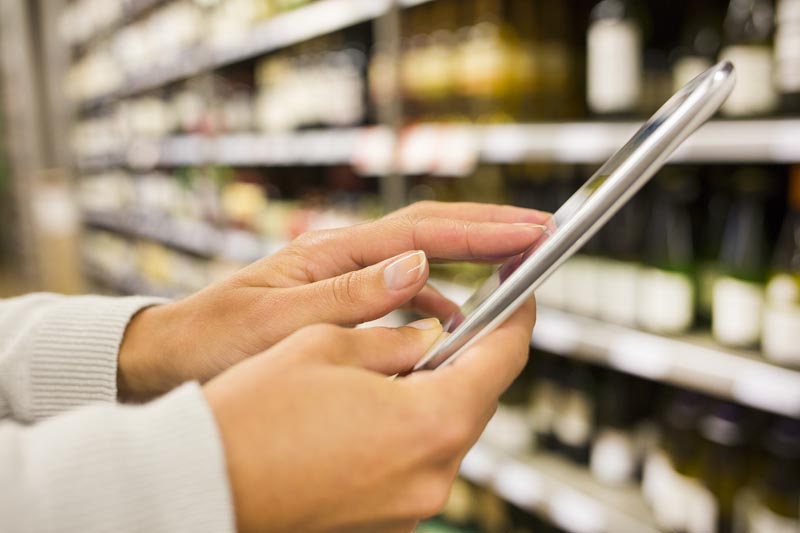
Conducting inventory is essential for successful restaurants. If you don’t manage your inventory, then you are operating blindly.
When it comes to liquor and bar inventory, the dollar value of your inventory on hand can cause your pour costs to sky rocket. Meaning you generate less profits from your bar program because you have so much money tied up in inventory that doesn’t sell, otherwise known as dead stock.
So it’s important to identify which items are under performing and limiting your profits.
How to Identify Dead Stock
Running inventory monthly is the only way to really know which items are dead stock, or just slow movers. A great way to quickly identify your low value inventory is with an inventory platform like Uncorkd’s.
With this system, you can quickly identify low value inventory by running reports on slow moving stock, identify the shelf life of specific items in your inventory, and looking at the frequency of ordering for each item. If you can identify which items don’t sell, you can make a concerted effort to sell them to get them off your hands. Once dead liquor inventory is sold down, you will know not to order them again.
Repurpose Dead Stock
There are many ways to find new uses for dead stock. Here are a few way:
Liquor: Create cocktails with slow moving liquors to find a new way to sell them. Promote these cocktails as specials and have them highlighted by your servers at tables.
Beer: Run beer specials or put slow moving items on your happy hour menus. It’s better to sell an item for a lower profit than be stuck with it in your liquor room.
Wine: Run specials. Make sangria with it. Use sparking wines in cocktails and for mimosas. Just get creative with it.
- 5 Fall Cocktails to Capture the Flavors of Autumn - September 26, 2018
- How Restaurants Can Ignore Sales and Increase Profits - May 9, 2018
- 2018 Spring Wine Trends - April 18, 2018

